Search
Search Results
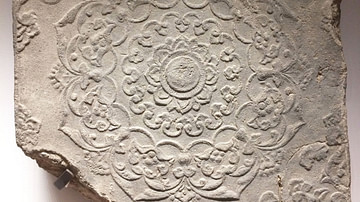
Image
Fragment from a Buddhist Temple in Afghanistan
This is a fragment from a Buddhist temple in Afghanistan. It dates from between 100-500 CE. (Musée Guimet, Paris)
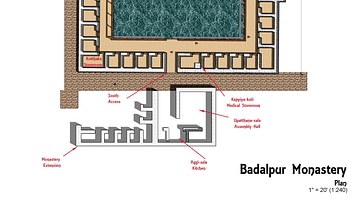
Image
Buddhist Monastery Plan (Gandharan)
Plan of a typical Gandharan Buddhist monastery at Taxila from the site of Badalpur. Dated to 2nd - 5th Cent CE
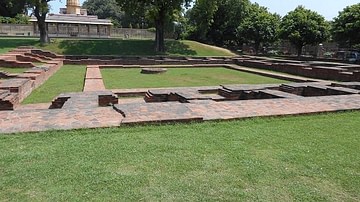
Image
Buddhist Monastery Ruins, Sarnath
Remains of a Buddhist monastery around the Dharmarajika Stupa. The rectangular cells are thought to be rooms where the monks slept. The yellow structure visible in the background is a relatively modern Jain temple. Sarnath, Uttar Pradesh...
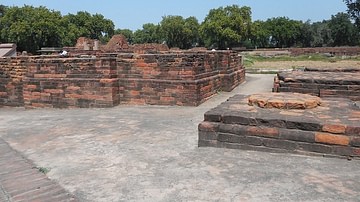
Image
Remains of a Buddhist Monastery, Sarnath
Remains of a Buddhist monastery around the Dharmarajika Stupa. Sarnath, Uttar Pradesh, India, 3rd century BCE.
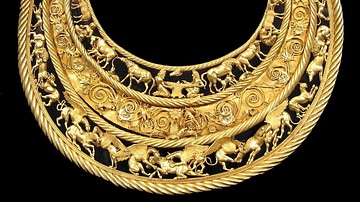
Definition
Scythian Art
Scythian art is best known for its 'animal art.' Flourishing between the 7th and 3rd centuries BCE on the steppe of Central Asia, with echoes of Celtic influence, the Scythians were known for their works in gold. Moreover, with the recent...
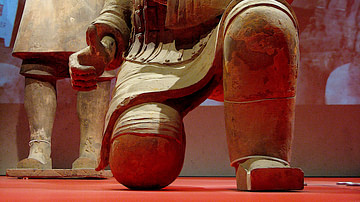
Definition
The Art of War
The Art of War (Sunzi bingfa) is a 5th-century BCE military treatise written by the Chinese strategist Sun-Tzu (aka Sunzi or Sun Wu). Covering all aspects of warfare, it seeks to advise commanders on how to prepare, mobilise, attack, defend...

Definition
Parthian Art
Parthian art flourished within the Eurasian cultural corridor from the late hundreds BCE to the early 1st and 2nd centuries CE. With the Parthian Empire (247 BCE - 224 CE) stretching from India and China in the east to the Mediterranean shores...
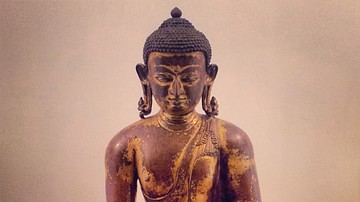
Definition
Mahayana Buddhism
Mahayana Buddhism is the largest Buddhist sect in the world, and its beliefs and practices are what most non-adherents recognize as "Buddhism" in the modern era. It developed as a school of thought sometime after 383 BCE, possibly from the...
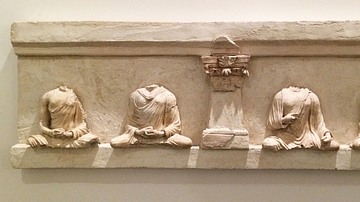
Image
Fragments from a Buddhist Stupa in Afghanistan
This fragment comes from Stupa B23, which used to be located at the Monastery of Bagh-Gai (facing southwest) in Hadda, Aghanistan. It dates from the 3rd-4th centuries CE. (Musée Guimet, Paris)
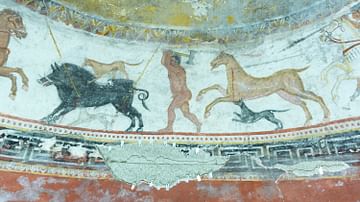
Definition
Thracian Art
The art produced by the people of Thrace, as indicated by the many precious objects found in Thracian tombs dating from the Bronze Age onwards, was, like the culture itself, a mix of indigenous ideas and foreign influences. Although it can...